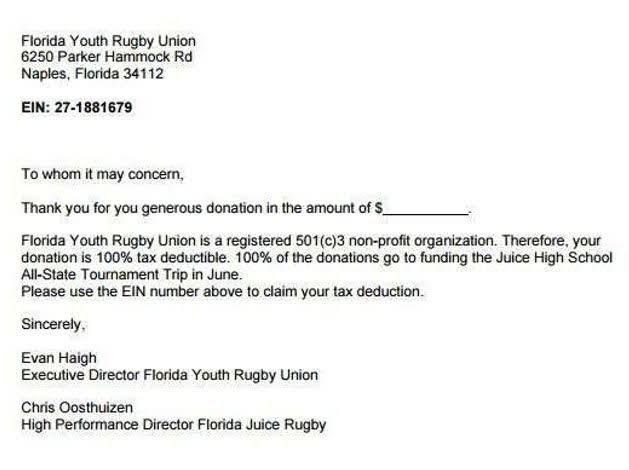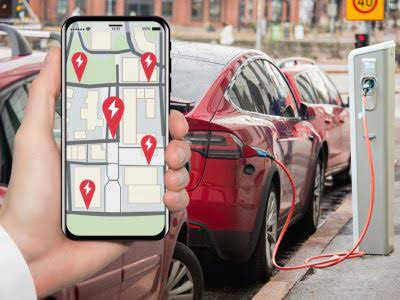
It’s most useful where an asset’s value lies in the number of units it produces or in how much it’s used, rather than in its lifespan. The formula determines the expense for the accounting period multiplied by the number of units produced. Some methods make the item lose more value at the start (accelerated methods), like declining balance, double-declining balance, and sum-of-the-years-digits. The depreciable amount is like the total loss of value after all the loss has been recorded. The carrying value is what the item is worth on the books as it’s losing value. When calculating depreciation in your balance sheet, an asset’s salvage value is subtracted from its initial cost to determine total depreciation over the asset’s useful life.
- Begin by identifying the initial cost of the asset, which refers to the purchase price or acquisition cost.
- If the residual value assumption is set as zero, then the depreciation expense each year will be higher, and the tax benefits from depreciation will be fully maximized.
- The salvage amount or value holds an important place while calculating depreciation and can affect the total depreciable amount used by the company in its depreciation schedule.
- The car salvage value calculator is going to find the salvage value of the car on the basis of the yearly depreciation value.
- Depreciation allows you to recover the cost of an asset by deducting a portion of the cost every year until it is recovered.
- Not only does it represent recouped cost in the future, it plays a role in determining the straight-line depreciation of a particular asset.
Unilever purchased a vehicle costing $10,00,000 with a useful life of 10 years, applicable depreciation is $80,000 per year. If you want to minimize the effects of car depreciation on your bottom line, avoid trading in your car every year or two. Car values drop dramatically in the early years, even though most vehicles are still in good condition at this point. Car depreciation doesn’t affect you much until you’re ready to sell or trade in your vehicle.
Method Of Estimation
Some companies may choose to always depreciate an asset to $0 because its salvage value is so minimal. In general, the salvage value is important because it will be the carrying value of how to calculate salvage value the asset on a company’s books after depreciation has been fully expensed. It is based on the value a company expects to receive from the sale of the asset at the end of its useful life.

Additionally, comparing the residual values of different assets helps institutions assess each asset’s relative value and potential profitability. Deskera Books is an online accounting software that your business can use to automate the process of journal entry creation and save time. The double-entry record will be auto-populated for each sale and purchase business transaction in debit and credit terms. You must remain consistent with like assets; if you have two fridges, they can’t be on different depreciation methods.
Create a depreciation schedule
This method provides a systematic way to allocate the cost of an asset over its useful life, allowing for accurate financial reporting and evaluation of an asset’s value over time. Within this method, the asset’s value is assumed to decrease evenly over its useful life. Residual value is an essential factor in calculating the depreciation of an asset.
Next, the annual depreciation can be calculated by subtracting the residual value from the PP&E purchase price and dividing that amount by the useful life assumption. To depreciate these assets appropriately, the company may depreciate the net of the cost and the salvage value of the useful life of the assets. Let us now consider a situation where a business acquires a couple of vehicles. The business has to pay $250,000 for a total of eight commuter vans that it wishes to use to deliver the goods across the city. However, since the value of an asset decreases or depreciates over time, you cannot expect its salvage price to be the same as its initial cost.













